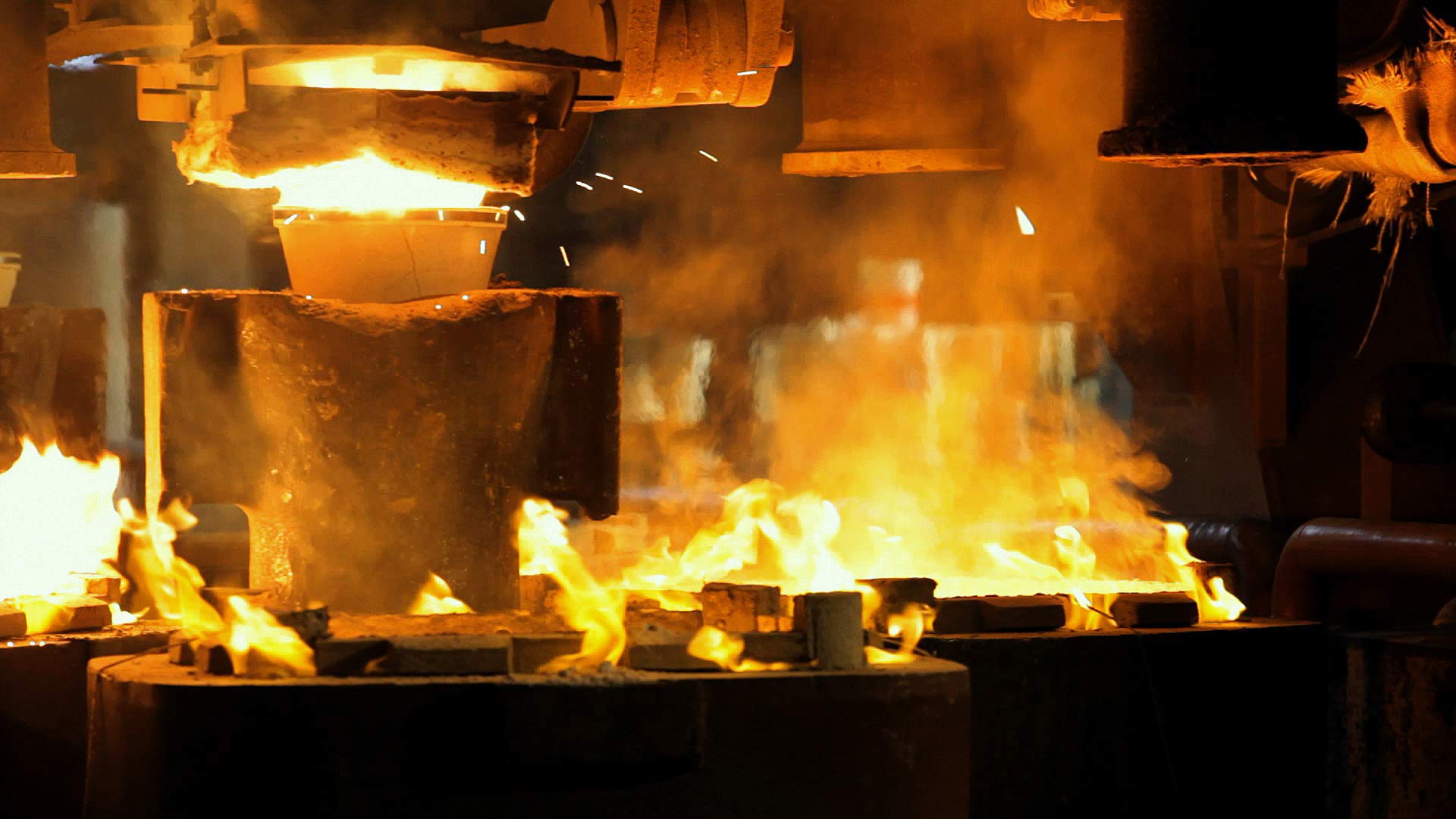Scegli l'unità di misura in cui visualizzare i dati:
Valbruna Grade
VAL1F
Steel type
Martensitic Stainless Steel
Description of material
VAL1F is the most popular martensitic stainless steel designed to supply high mechanical properties and a good corrosion resistance in mild environments.
Applications
Table cutlery and kitchen devices, food processing equipment, bolting, fasteners, screws, steam turbine blades, pump shafts, parts for petrochemical plants, pump parts and valve components.
Melting practices
Argon Oxygen Decarburization
Corrosion resistance
VAL1F has its maximum resistance corrosion when in the hardened + tempered condition. As with most martensitic grades, its use in the annealed condition or any other situation able to strongly reduce the hardness in environments containing Chloride, should be avoided. However, VAL1F offers an acceptable corrosion resistance in many industrial and domestic applications in not too aggressive environments, such as fresh water, industrial and rural atmospheres, petroleum products, gasoline fuel oil and alcohol. It should be noted that this grade, as for every kind of stainless steel, surfaces should be free of contaminant and scale, heat tint, and passivated for optimum resistance to corrosion.
Cold working
In the annealed condition, this grade is suitable for cold forming operations such as cold heading. In addition, a more pronounced cold upsetting could be obtained after a long lasting annealing and very slow cooling in furnace. It should be pointed out that VAL1F is not so prone to cause a rapid surface decarburization compared to high Carbon martensitic grades. If this were a problem, a protective atmosphere should be considered in heat treatments of finished pieces. Blooms or large cross section billets can be cut by band and circular saw or abrasive wheel. Small billets could be cut by cold shearing, paying attention to low temperatures and clearance of tools.
Machinability
VAL1F does not have a micro-resulphured structure; in the annealed condition it hasn’t got a very good machinability, but this improves in the hardened and tempered condition. However, it is important to know that the productivity gain depends on type of machines, the kind of tools used and their geometry, the cutting fluids being used and the kind of machine operations on the pieces being produced.
Weldability
Preheating of small sections is necessary and must particularly be done in the case of both large cross sectional differences and large welds with several interpasses. Post welding heat treatment (PWHT) is mandatory due the transformation of martensite in heat affected and fused zones and should be immediately done. Fillers metals of the same composition (E/ER 410) could be considered.
Hot working
Blooms and ingots require a preheating to avoid cracks and a slow cooling in the furnace after forging. Avoid overheating able to cause internal bursts or promote formations of ferrite stringers. It’s important to underline that the composition of VAL1F has been designed to obtain a fully martensitic structure without ferrite. Improper cooling could result in stress cooling cracks. Alternatively, large forgings and large cross –section shapes should be left to cool until their core reaches room temperature and, then, immediately heat treated.
Designations
| AISI | 410 |
|---|---|
| W.N. | 1.4006 |
| UNS | S41000 |
| EN | X12Cr13 |

